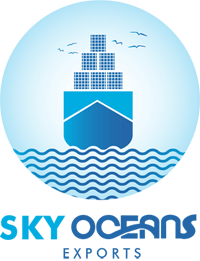Saffron, the world’s most costly spice, is made from the stigmata of the Crocus Sativus plant. The plant is a bulbous perennial with spherical corms that grows to a height of 15-20 cm. It has 6 to 10 leaves at anthesis, one to two lilac-purple flowers with perianth segments of 3.5–5 cm and style branches of 2.5–3.2 cm, and one to two lilac-purple flowers with perianth segments of 3.5–5 cm. The stigmata are vivid red and the yellow style is deeply separated into three branches.

Flowers emerge from the corms directly. Flowers feature a trilobed stigma, which produces saffron of commerce when combined with the style tips.
Uses:
- Saffron is used in cottage cheese, chicken and meat, rice, mayonnaise, liquors, and cordials as a culinary spice and to color them.
- It’s also utilized in Mughlai meals, specialized bread, pastries, and confectioneries. Saffron is often used in cosmetics as a scent.
- Saffron is used in medicine to treat fevers, melancholia, and liver and spleen enlargement.
- It is used in Ayurvedic medicine to treat arthritis, impotence, and infertility. In Chinese and Tibetan medicine, it has a wide range of applications.

